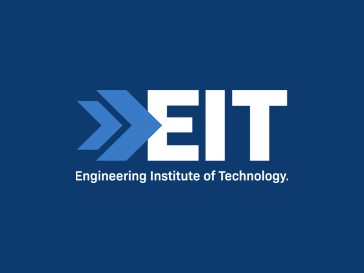The Oxford Martin Programme on Technology and Employment, in association with Citi recently carried out the Technology at Work v2.0: The Future Is Not What It Used To Be report. The report highlights published data that was featured in the World Bank Development Report 2016.
It was found that fourty-seven percent (47%) of jobs in the U.S. are at risk of automation in the next two decades. The report goes into depth with statistics showing which cities have the highest (and lowest) percentages of jobs at risk. The cities with the lowest risk of jobs effected by automation have a cluster of skilled jobs and a strong technology sector.
The cities with the lowest percentages of jobs at risk of automation are:
- Boston: 38.40% (Percentage of jobs at high risk of automation)
- Washington D.C.: 38.40%
- Raleigh: 39.70%
- Baltimore: 40.40%
- New York: 40.70
- Bridgeport, Ct., : 41.10%
- Toms River. N.J.: 41.20% (Although Toms River is not a big city, this is not an error. The researchers defined labor markets by commuting patterns. Toms River and surrounding towns have a substantial group of commuters).
- Richmond, Va. and Minneapolis: 41.40%
- Denver: 41.50%
- San Francisco: 41.70%
The report found that the cities with the highest percentages of jobs at risk of automation are primarily manufacturing hubs. Carl Frey, one of the researchers and co-director of the Oxford Martin Programme on Technology and Employment said “Without efforts to create new industries, manufacturing cities are likely to experience continued decline,” referring to the decline of manufacturing in the U.S. since the 80’s.
The cities with the highest percentages of jobs at risk of automation are:
- Fresno: 53.8%
- Las Vegas 49.10%
- Greensboro: 48.5%
- Reading: 48.4%
- Grand Rapids: 47.9%
- Oklahoma City and Harrisburg, Pa.: 47.10%
- Los Angeles: 47%
- Dayton: 46%
- Sacramento: 45.9%
- Houston: 45.8%
“The key message of this report is that advanced and developing economies alike will have to shift a larger scale of the workforce into relatively skilled jobs,” Frey noted. “That is going to be the main challenge for China–to make sure that new industries make up for the job loss in manufacturing.”
Frey believes that the greatest growth in the U.S. will be in the healthcare sector saying “Nursing, elderly care, and child care are good examples of where we don’t see that many jobs disappearing in the future”. Other high growth areas noted in the report will be clean energy jobs such as wind energy operations, automotive engineering.
Oxford Martin School – University of Oxford
